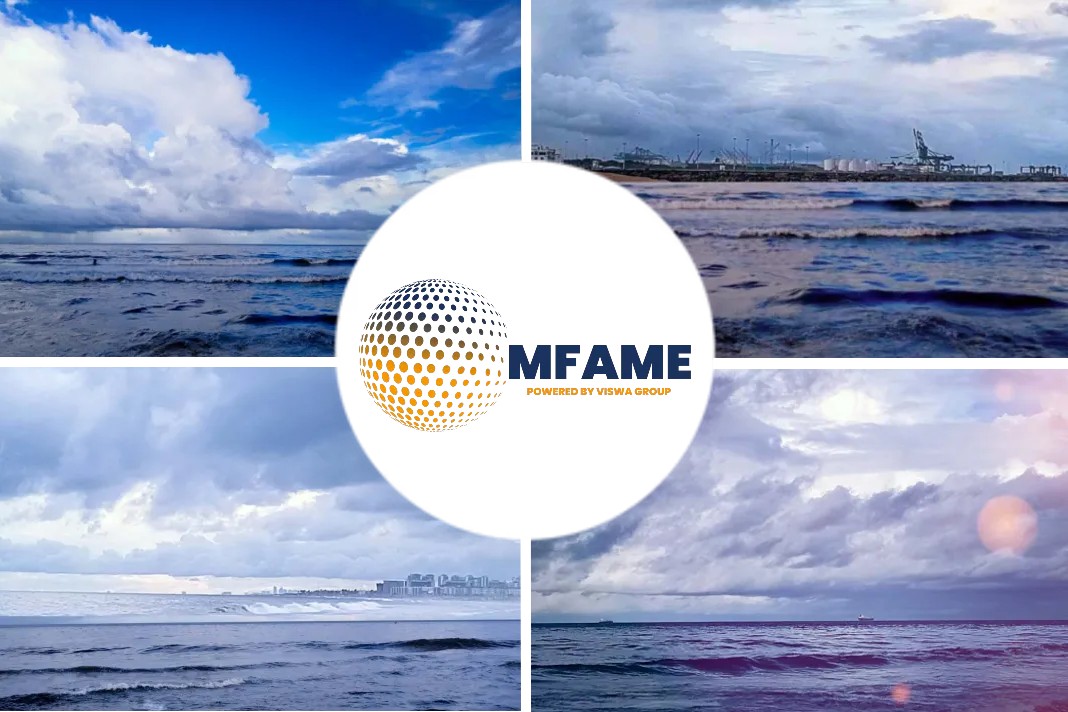
Cruise vessels ordered 07th August will last beyond the target date set for shipping to reach carbon neutrality, says an article published on Splash.
Lower carbon options
Building in flexibility to ship design will therefore be critical for adapting to IMO 2050’s new emissions goals, according to Jan-Erik Räsänen, CTO, Foreship.
For cruiseship owners, progressive decarbonisation remains a reputational – as well as a regulatory – necessity, but the readiness of technology is also a powerful guide for shipping’s route to carbon neutrality.
Internal combustion technology developers are working at pace to ensure shipping has a range of lower carbon options, with innovation understandably focused on alternative fuels which cut emissions within the parameters of conventional engine design.
Carbon neutral ship propulsion
However, a separate conversation which looks beyond the ICE and considers fuel cell technology as a practical pathway towards carbon neutral ship propulsion is also maturing fast. In fact, fuel cell power is already installed on board ship at a scale sufficient to make experience-led choices on its future development.
Over an expected lifespan of 40 years, the cruise ships being built today for around $1bn will inevitably be upgraded to meet new tastes in cruising, maintain “the wow factor” or adapt to changing cruise ship economics.
With these ships set to last beyond the IMO’s new 2050 target for carbon neutrality, Foreship is also increasingly party to discussions which go further than these guest-facing retrofits to include future fuelling – and specifically fuel cells. Ships need to be designed with the flexibility to cope with future developments in regulation, guest attitudes, technology, and fuel markets.
Ships with a future
Our team is advising owners on immediate and longer-term strategies for ship decarbonisation, with options including a range of alternative fuel types, the integration of emissions-free battery power and carbon capture, as well as straightforward energy saving devices.
While still viewed firmly as part of the long-term perspective, advances in PEM (proton-exchange membrane) and SOFC (solid oxide fuel cell) technology are quickly bringing the horizon closer for electrochemical reaction as a source of propulsion power.
Earlier this year, Malte Zeretzke, Carnival Maritime GmbH Head of R&D, told an Electric & Hybrid Marine Expo 2023 audience in Amsterdam that the owner continued to hold positive views on the potential of fuel cells as a shipboard technology. “Based on a high efficiency outlook, fuel cell propulsion has the potential to reduce the TCO (total cost of ownership) for the ship operator and provide zero pollution ship operation on top,” said Zeretzke.
Necessary electrochemical reaction
Shipping industry watchers will know that there is plenty of ground to cover before fuel cell power can become a realistic proposition for commercial implementation. Small scale production, high cost and the lack of a regulatory framework already amount to major obstacles for the technology, but other impediments will prove even more challenging.
Fuel cells need hydrogen to feed the necessary electrochemical reaction, but carrying hydrogen as the feedstock fuel is unrealistic, given that – even when liquefied and stored at -253 degrees Centigrade – its energy density is twelve times lower than conventional marine diesel.
Fuel cell particulars
Nevertheless, decisions are being made today which are likely to prove influential on the technology’s maritime potential tomorrow. Funded by the German Federal Ministry of Transport and Digital Infrastructure, for example, Germany’s Pa-X-ell2 research project seeks to find practical solutions for climate-neutral mobility across shipping by developing a decentralized energy network and hybrid energy system based on fuel cells.
The key outcome of Pa-X-ell2 has been the installation a PEM fuel cell from Freudenberg e-Power Systems onboard the AIDA Cruises ship AIDAnova which uses methanol as the feedstock for reformation into hydrogen. Methanol can be stored under atmospheric conditions onboard ship.
Integrated methanol reformer
Awarded approval in principle (AiP) by DNV, the Freudenberg fuel cell system with integrated methanol reformer is housed within a container to enable easy implementation. According to DNV, individual containers can have a rated output of up to 500 kilowatts, but the modular approach makes a double-digit megawatt output possible by scaling up with additional units.
Space for alternative design
Part of this is to open the discussion to consider smaller combustion engines – or having none – and explore what this means for operations. We are discussing how ships with less fuel capacity would operate, for example, and options on energy efficiency when energy sources are more flexible. Now, for example, some hotel services only run when the ship is at the berth, when fuel cells could help a ship achieve greater energy efficiency by running them when underway.
Some areas of focus are being tackled immediately. We cannot simply defer the entire transition to 2050. Compact and ultra-efficient converter technology will be key to future fuel cell installations, for example.
Energy management scenarios
With all the alternative fuels offered as replacements for conventional marine fuel oil also considerably more expensive. for a cruise ship, the smaller the system, the more revenue to counterbalance fuel costs.
More generally, it’s becoming more important to consider fuel readiness over the course of the ship’s lifetime in the initial technical specification and to aim for design modularity, whatever the preferred solution might be today. Understandably, CAPEX is a key determinant, but it’s also sensible for the discussion to focus on a ship’s TCO. One part of that involves considering energy management scenarios that are not defined by the ICE. Another involves developing modular installations that can accommodate future upgrades using alternative design methods.
Did you subscribe to our daily newsletter?
It’s Free! Click here to Subscribe!
Source: Splash















